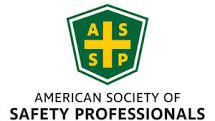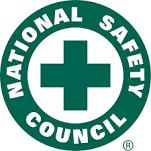New Sex Harassment Law: Making for Strange Bedfellows in Construction Industry
In the construction industry, where multiple companies working closely together abound and where it is more difficult to monitor employee behavior because many employees are in the field, more incidents of inappropriate behavior occur.
Texas and California, two states opposite politically and in law making, have instituted legislation expanding sex harassment protections for employees in the workplace that go even further than federal protections. Indeed, both laws have similarities.
Texas and California Similarities
In Texas, as of September 1, 2021, under expanded protections against sexual harassment, individuals in management and companies that have even only one employee can be held liable. In the construction industry, this expansion could sweep many subcontractors and tradesmen under the new law. The new law will challenge the definition of who is a manager.
In California, under the 2019 law, an employer may be liable for acts of nonemployees concerning any type of harassment (not just sex harassment) against employees and other nonemployees working as interns or volunteers and service contractors.
In Texas, the new law increases the time limit to file a sex harassment charge from 180 days to 300 days, making it consistent with federal law. Similarly, in California, an employee has up to 10 years to file a civil action for sexual assault or attempted sexual assault, or within three years after an employee discovers an injury or illness as a result of the assault or attempted assault, whichever is later.
In Texas, instead of requiring supervisors to “take prompt remedial measures,” individual liability will hang on whether supervisors “knew or should have known” about the sex harassment in the workplace. The new law also requires “immediate and appropriate corrective action.” Certainly, the standard of “knew or should have known” will be case-specific and fact-intensive, making it difficult to dismiss cases before they reach trial.
In California, recent amendments to the Fair Employment and Housing Act have made it easier for employees to prevail in sex harassment actions. They also lowered the employee’s burden and standard of proof.
Implications
What does this mean for employers of all sizes? More frequent training, updating sex harassment policies and employee handbooks, expansion of human resources departments to respond more quickly to complaints, and a closer evaluation of what constitutes a managerial position are required. In California, recent legislation requires training for even the smallest of employers (a minimum of five employees). As of January 2020, California imposed minimum time requirements for the length of such training for supervisors and other employees.
To be sure, in the multi-employer setting, companies also may need to verify that other companies they work alongside have sex harassment policies, that they conduct periodic training, and that their employee handbooks have been updated to comply with the law.
Author: Victor N. Corpuz
Source: https://www.jacksonlewis.com/publication/new-sex-harassment-laws-making-strange-bedfellows-construction-industry






